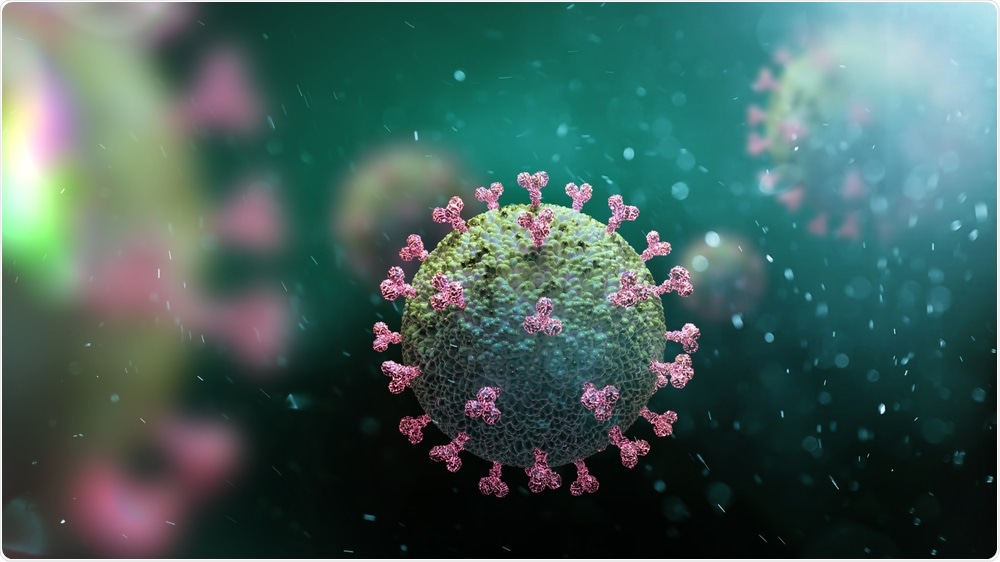A research team, headed by scientists from Newcastle University in the United Kingdom, has successfully built a model of lung cells that can be used to simulate how COVID-19 infects the airways.

SARS-CoV-2 Virus. Image Credit: Andrii Vodolazhskyi/Shutterstock.com
This data could pave the way for more research into viral lung infections using a low-cost system that can be produced at a massive scale. The study was recently published in the STEM CELLS journal.
COVID-19, which so far has caused over 3.5 million fatalities across the globe, has created an urgent need for airway models through which effective treatments can be developed. The application of in vitro (outside the body) models derived from primary pulmonary epithelial cells, which are known to initiate the human airways, has become popular in recent years. However, the availability of these models is limited to primary samples, which can vary significantly based on the genetic backgrounds of the various donors.
Induced pluripotent stem cells (iPSCs) may provide a solution to this problem. These stem cells, created from adult stem cells found in blood, skin, fat, and other places, can be reprogrammed to become any other type of cell in the body, such as those that make up the airways.
Furthermore, iPSCs may proliferate indefinitely, providing a huge supply of cells with the genetic background of a solo donor rather than the diverse backgrounds of numerous donors that hamper primary pulmonary epithelial cell models.
In this study, airway epithelial cells were created from iPSCs (through a mixed population of lung progenitors) by growing them on a polyester membrane to facilitate the formation of a confluent monolayer and later exposing them to an air-liquid interface to promote differentiation into a pseudostratified epithelial model.
The researchers then showed that their new model is made up of the types of cells seen in the human upper airway epithelium, including functioning ciliated cells, and that the cells can secrete mucus and can be easily infected by SARS-CoV-2—the virus responsible for causing COVID-19.
The infected model cells also secreted cytokines at levels corresponding to the behavior of the airway epithelium in the body following SARS-CoV-2 infection. Our protocol not only simplifies the manufacture of cellular models of the human upper airways, but it has a distinct advantage in that we have eliminated the need for primary samples that differ in genetic backgrounds.
Our next step will be to expand on this model by including immune cell components.”
Lyle Armstrong, PhD, Study Corresponding Author and Professor, Stem Cell Sciences, Newcastle University
(Cytokines are essentially proteins that alert the immune system to respond during an infection.)
“The development of this reproducible and highly scalable protocol to manufacture upper airway models is very important for the study of respiratory viral infections such as SARS-CoV-2 and others. Having such models available will greatly enhance the development of future therapies and will allow the field to be better prepared to study new viruses and viral variants,” concluded Dr. Jan Nolta, Editor-in-Chief of STEM CELLS.
Source:
Journal reference:
Djidrovksi, I., et al. (2021) SARS-CoV-2 infects an upper airway model derived from induced pluripotent stem cells. STEM CELLS. doi.org/10.1002/stem.3422.